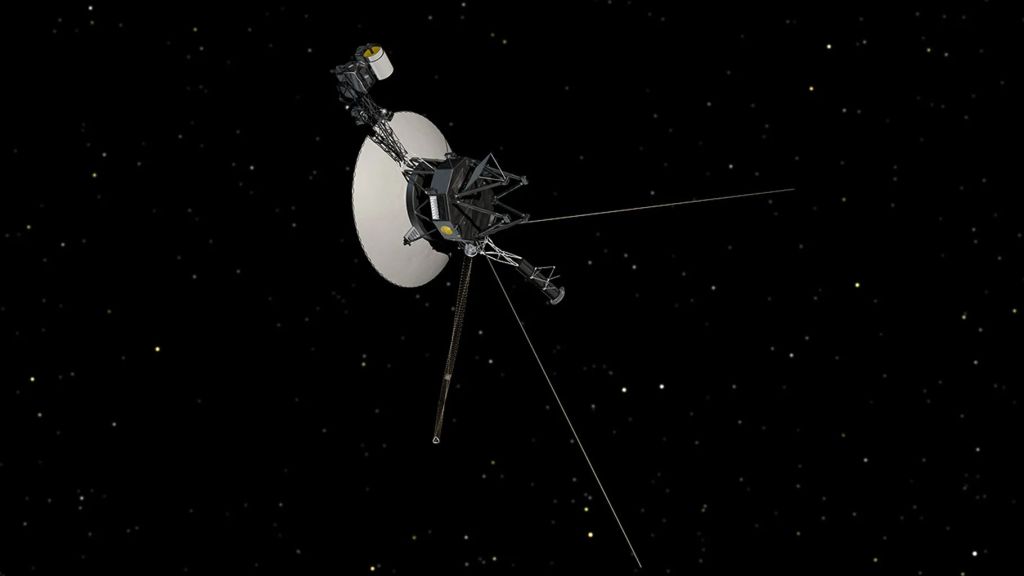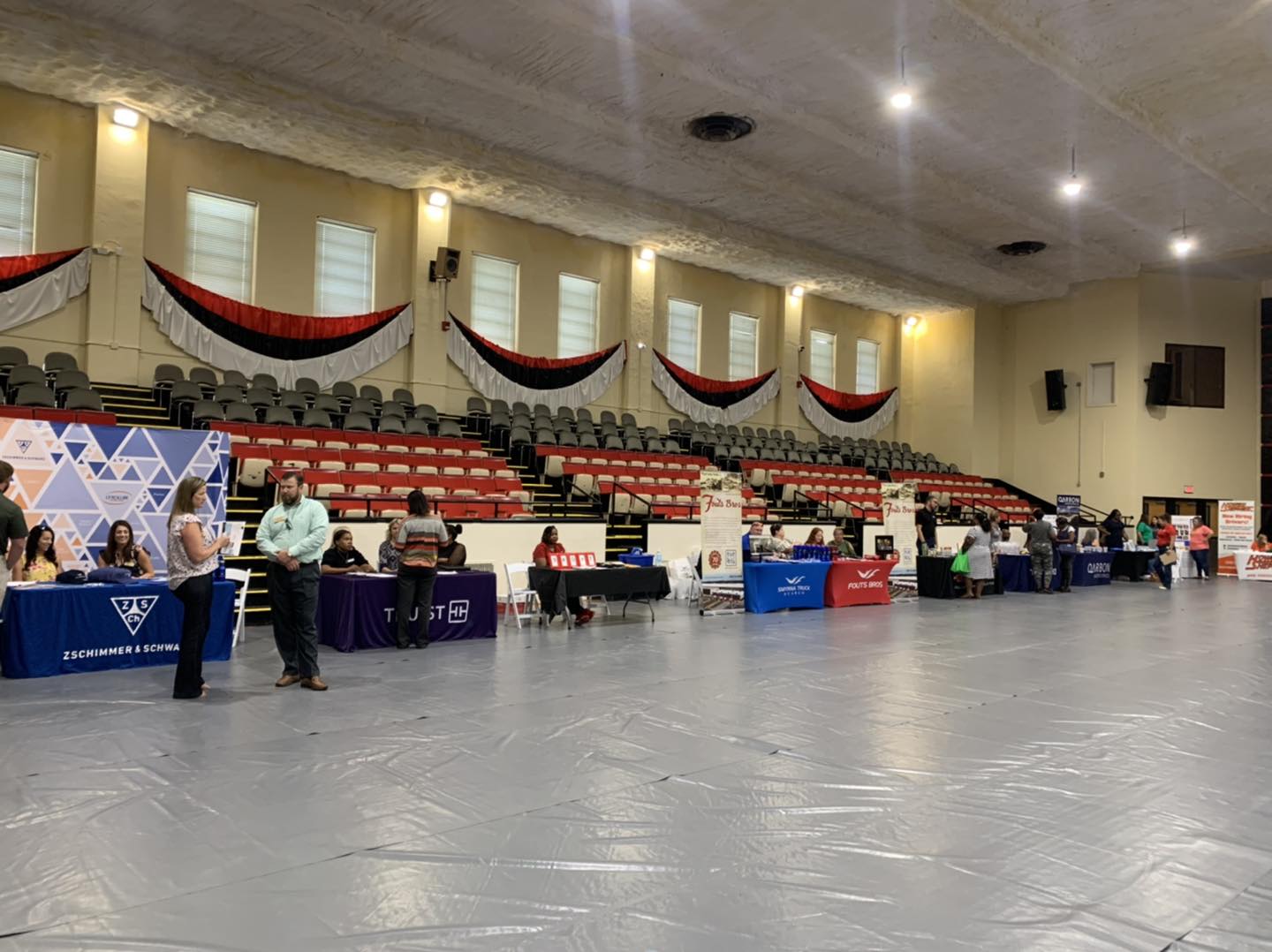OUR SPACE: Voyager keeps on truckin’
Published 10:38 pm Monday, September 23, 2024

- Artist's concept of a Voyager spacecraft in deep space, its antenna dish pointing back at the distant Earth..
It wasn’t too long ago that the Voyager 1 spacecraft made front page news – you might remember that it sent back unintelligible gibberish instead of neat rows of data, and how the creative engineering team at the Jet Propulsion Laboratory (JPL – home base of Yours Truly) pulled off another daring rescue from billions of miles away for the umpteenth time.
Well, just like an aging person an old spacecraft will get those little aches and pains, and things stop working, or they don’t work as well, and life in general just gets a little more difficult. Unlike most human beings who can go see a doctor to alleviate what ails them, the two Voyager spacecraft have been on their own for almost 50 years.
Back in 1977 nobody expected the two long distance explorers to last as long as they did. And while it’s commonplace to read about the miracle of their longevity, let’s remember that their secret does not lie in miracles, but in hard-working, capable and creative human beings with nerves of steel.
Trending
Voyager 1’s latest brush with oblivion involved its thruster fuel lines. Let’s unpack the issue!
In order to communicate with the support team on Earth the Voyagers need to keep their antenna dishes pointed at our fair planet. While the spacecraft are on a fixed trajectory the Earth keeps moving as it goes around the sun, and that means the antenna has to be adjusted for each data download or command upload. It does this with tiny little puffs of hydrazine fuel. The adjustments are minute so it takes very very little to adjust the spacecraft’s orientation.
Due to the nature of their mission both Voyager spacecraft are equipped with three sets of thrusters: one set for trajectory adjustments, one for orientation control and then a backup system for the latter. The trajectory adjustment thrusters were mothballed decades ago, since no more course corrections were necessary after the flybys of the outer planets were complete. So only the orientation or attitude control thrusters were used to keep the spacecraft pointed at Earth. This lasted for a good long time but then over the years the fuel lines got clogged. The culprit seems to be a rubber diaphragm whose slow but steady deterioration produces residue that covers the insides of the fuel lines, constricting them and impeding the fuel flow. Several years ago JPL switched back to the trajectory adjustment thrusters who were less clogged than the others, but the same fate eventually befell those fuel lines.
The decision was made to switch back over to the attitude control thrusters, but they hadn’t been used in so long that the simple switchover could have doomed the entire spacecraft since it had been incredibly cold for years. After much discussion the engineers felt confident that they could afford to turn on one of the heaters for a short while to warm up the fuel line and re-activate it. The gamble paid off and the thruster was able to re-orient the spacecraft.
Both Voyager spacecraft run on nuclear power, or rather, the heat of decaying radioactive material – the only viable power source this far away from the sun. Since their construction and launch, those materials have been slowly but steadily producing less and less electricity. One by one the science instruments and heaters had to be turned off to conserve the ever-dwindling power supply.
NASA plans to keep the probes going at least until their 50th launch anniversary – the science data they provide is invaluable to those studying the sun’s sphere of influence in outer space, and there is currently no other functioning probe that can do what they do. If those fuel lines clog completely it’s the end of the mission, regardless of the still working science instruments, because if you can’t get the measurements back to Earth they are basically useless.
Trending
It’s difficult to imagine the world without the Voyager probes sending their faint signals back to Earth. But in truth, the two explorers will outlast all of us – possibly even human civilization as such. It’s a sobering thought – to know that these big hunks of technology will keep traveling for tens of thousands – perhaps millions – of years. And it’s oddly comforting, too, to know that some things will literally last forever. The day will come when we will no longer hear the quiet whispers of the Voyagers through the vast emptiness of space, but they will still be there, speeding through the universe, emissaries of a world of beings who dared to dream big dreams.
Learn more about the Voyagers at https://science.nasa.gov/mission/voyager/ .
Beate Czogalla is the Professor of Theater Design in the Department of Theatre and Dance at Georgia College & State University. She has had a lifelong interest in space exploration and has been a Solar System Ambassador for the Jet Propulsion Laboratory/ NASA for many years. She can be reached at our_space2@yahoo.com





